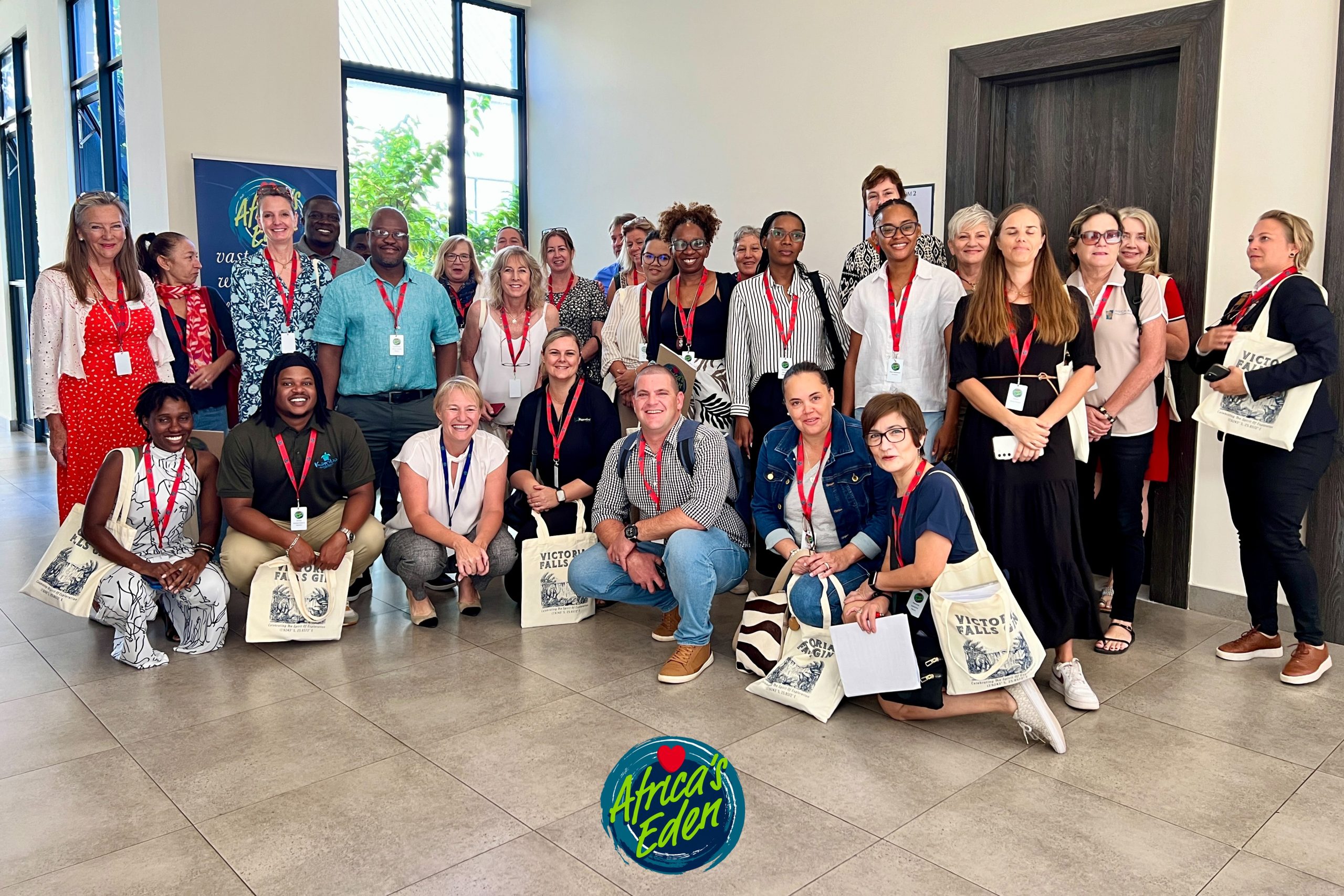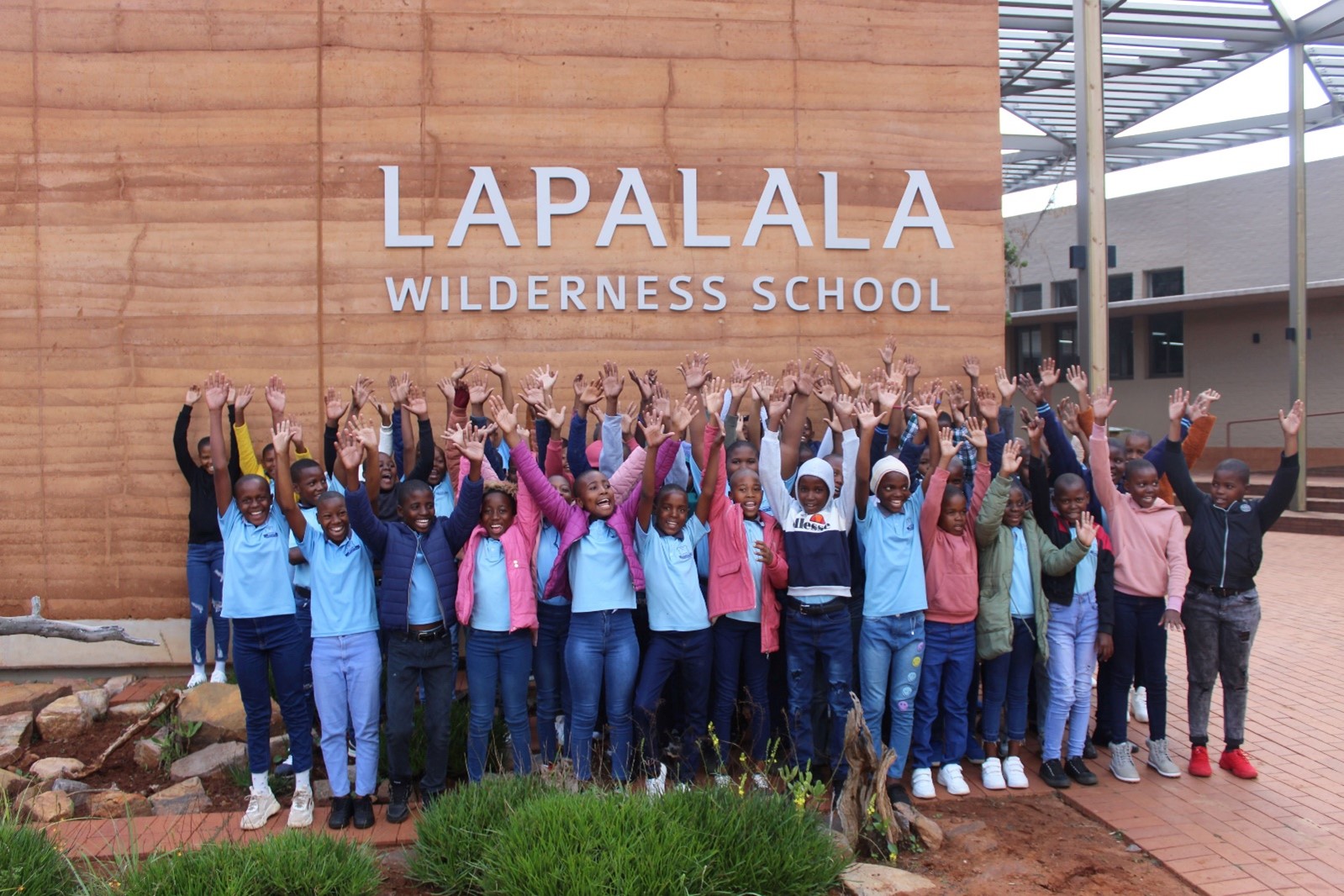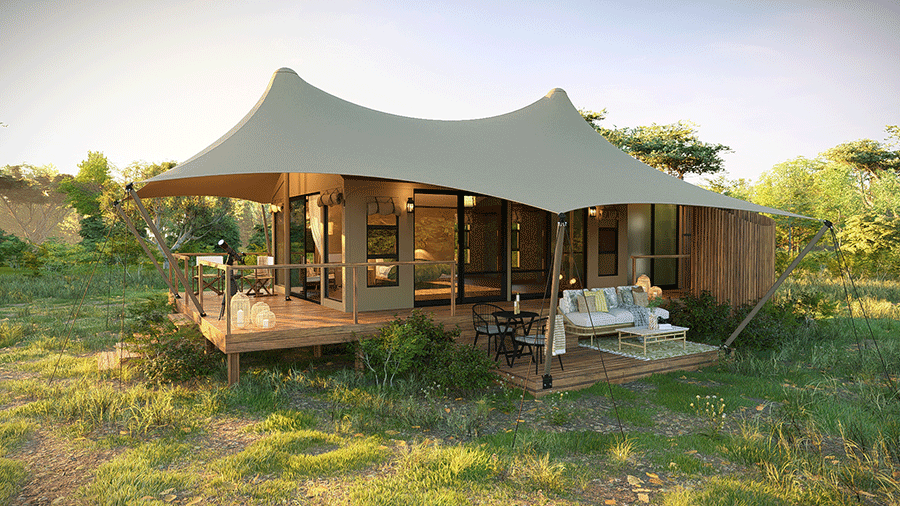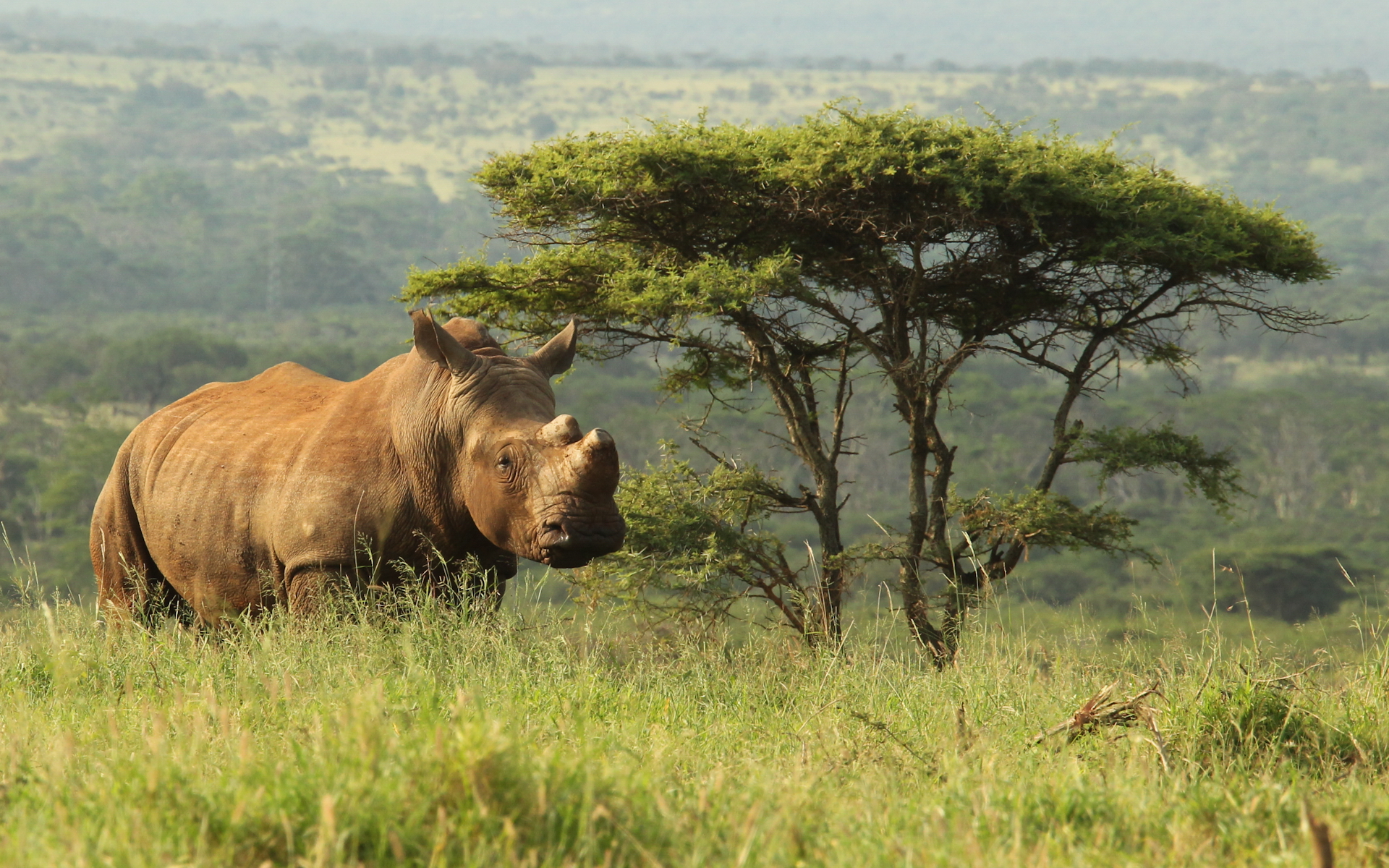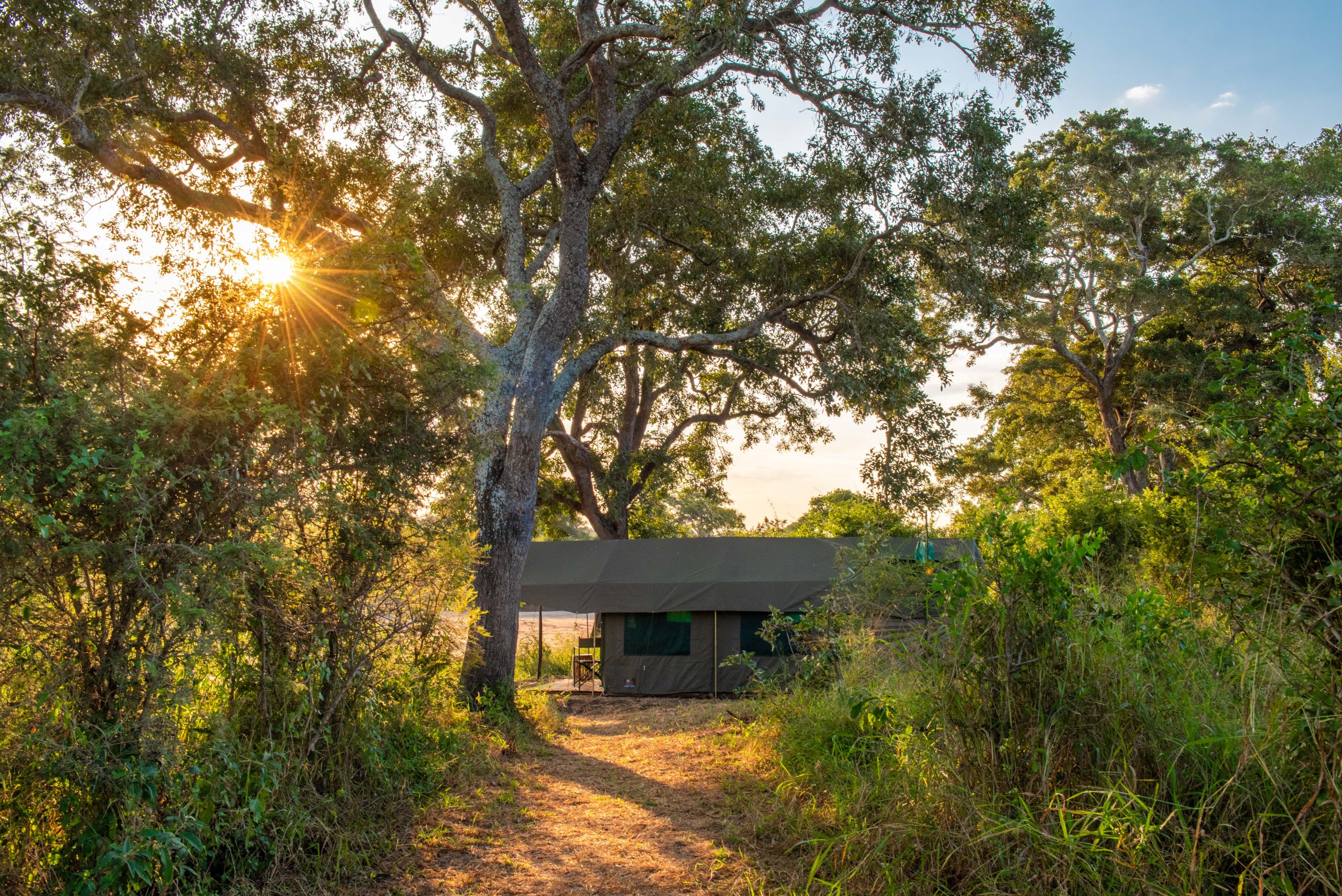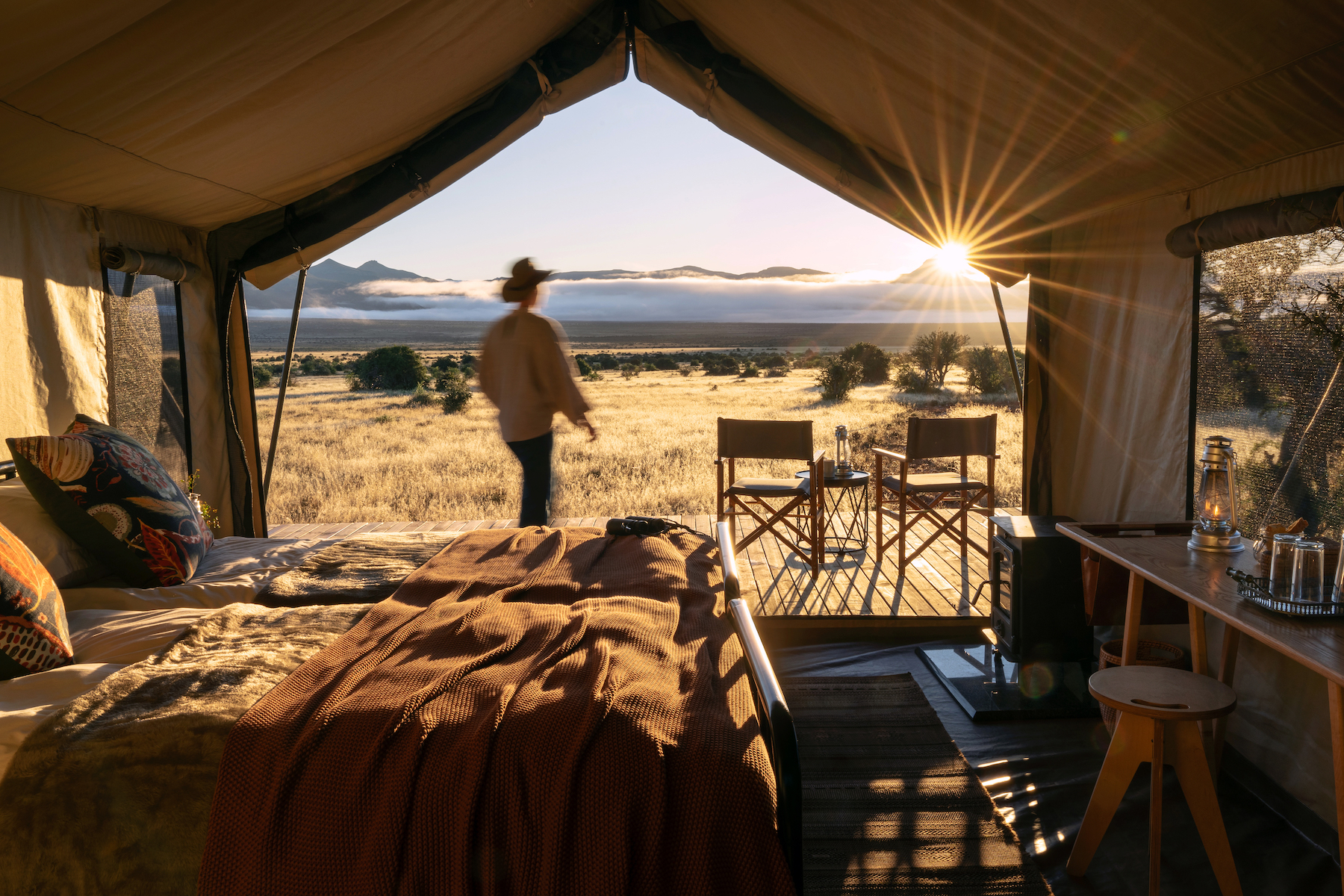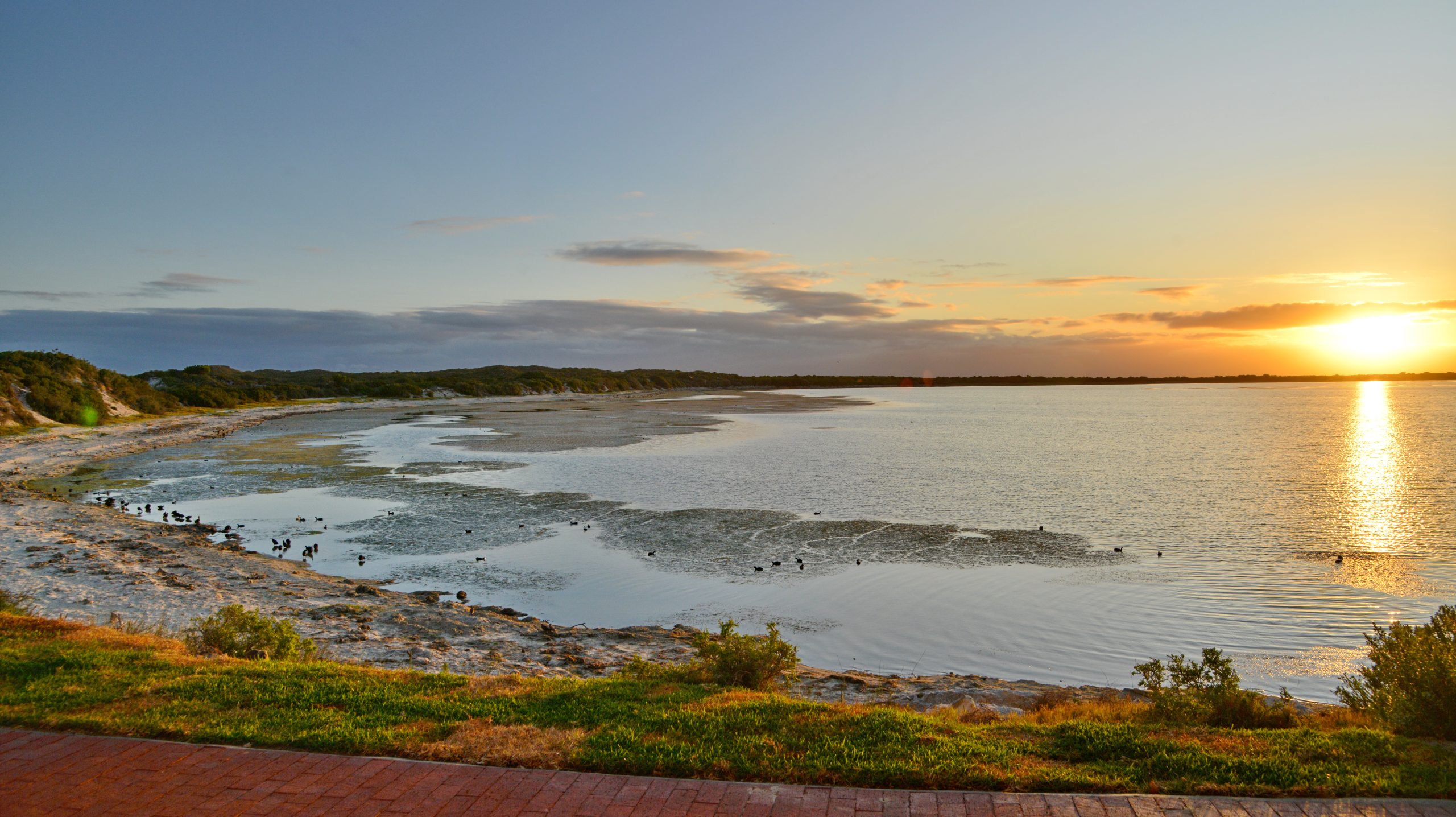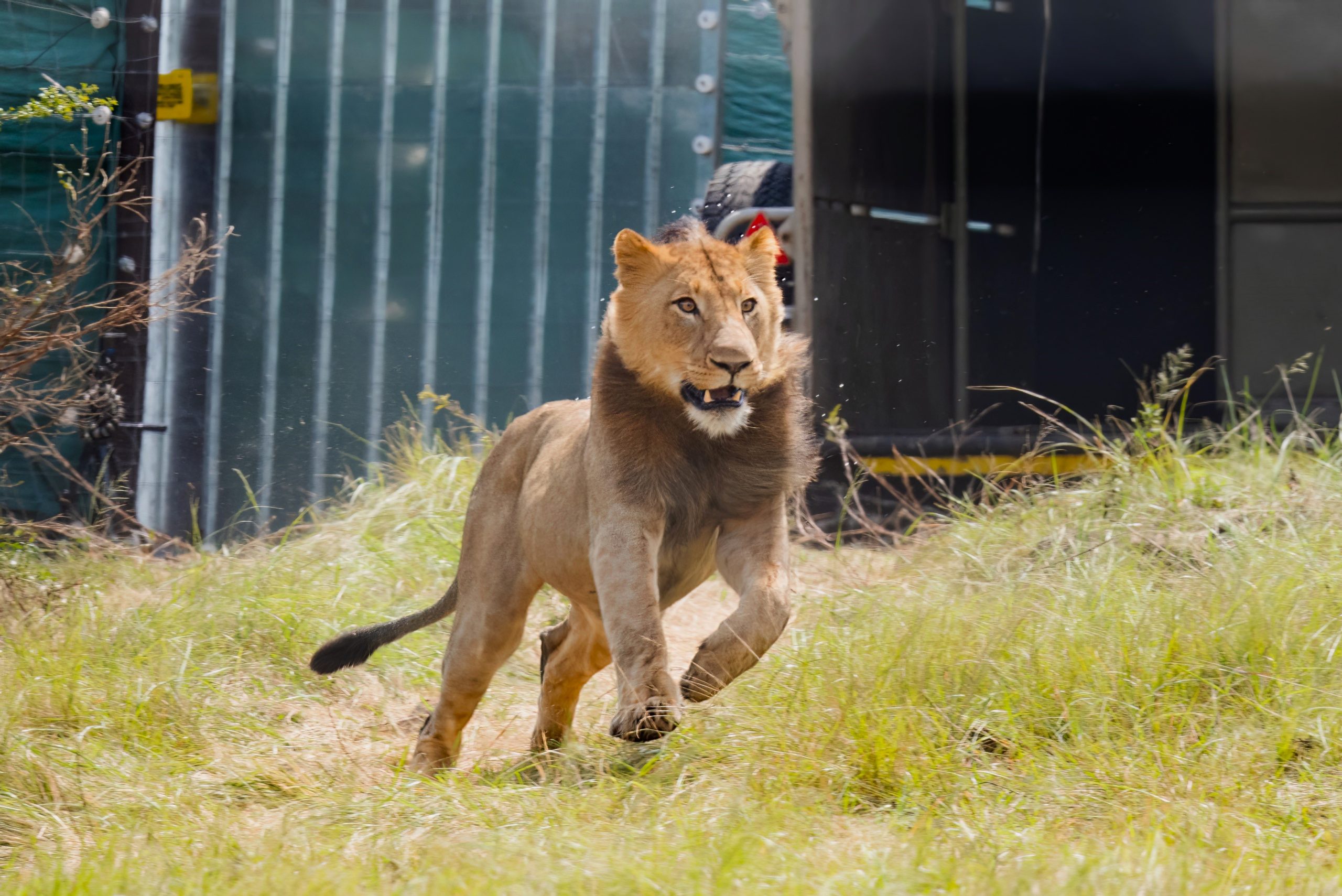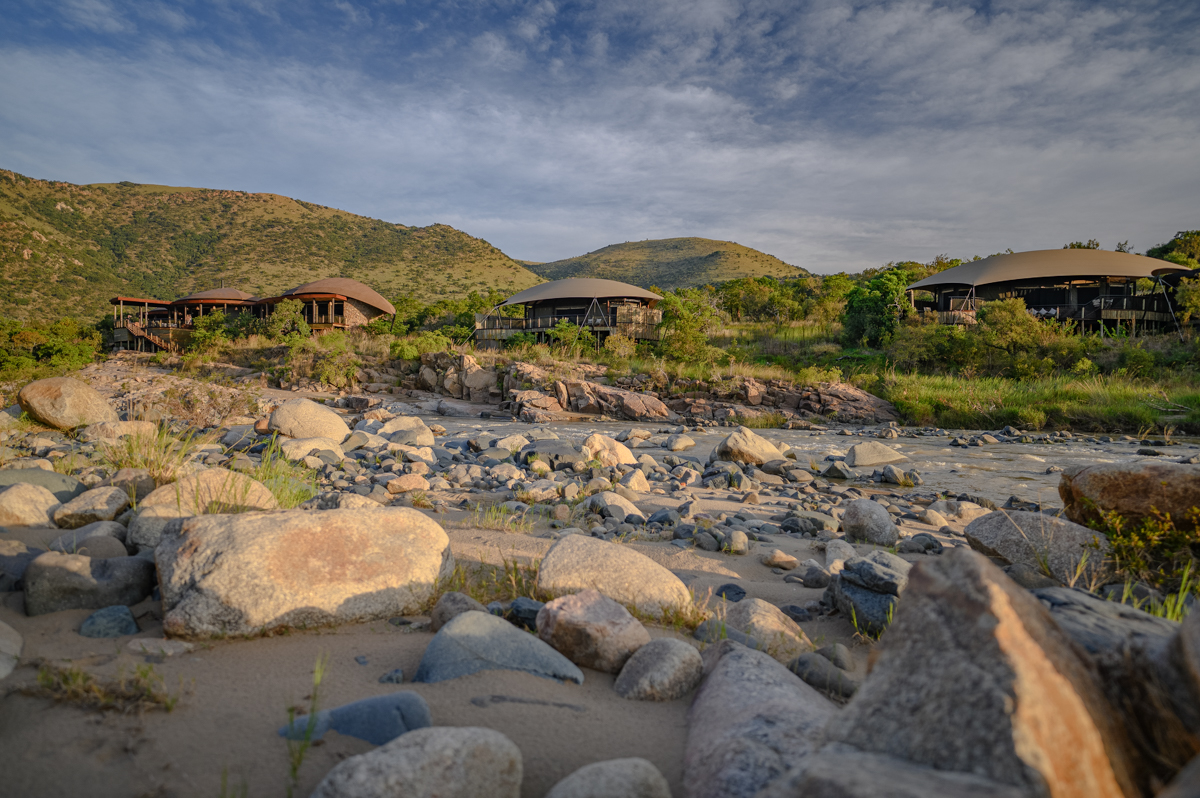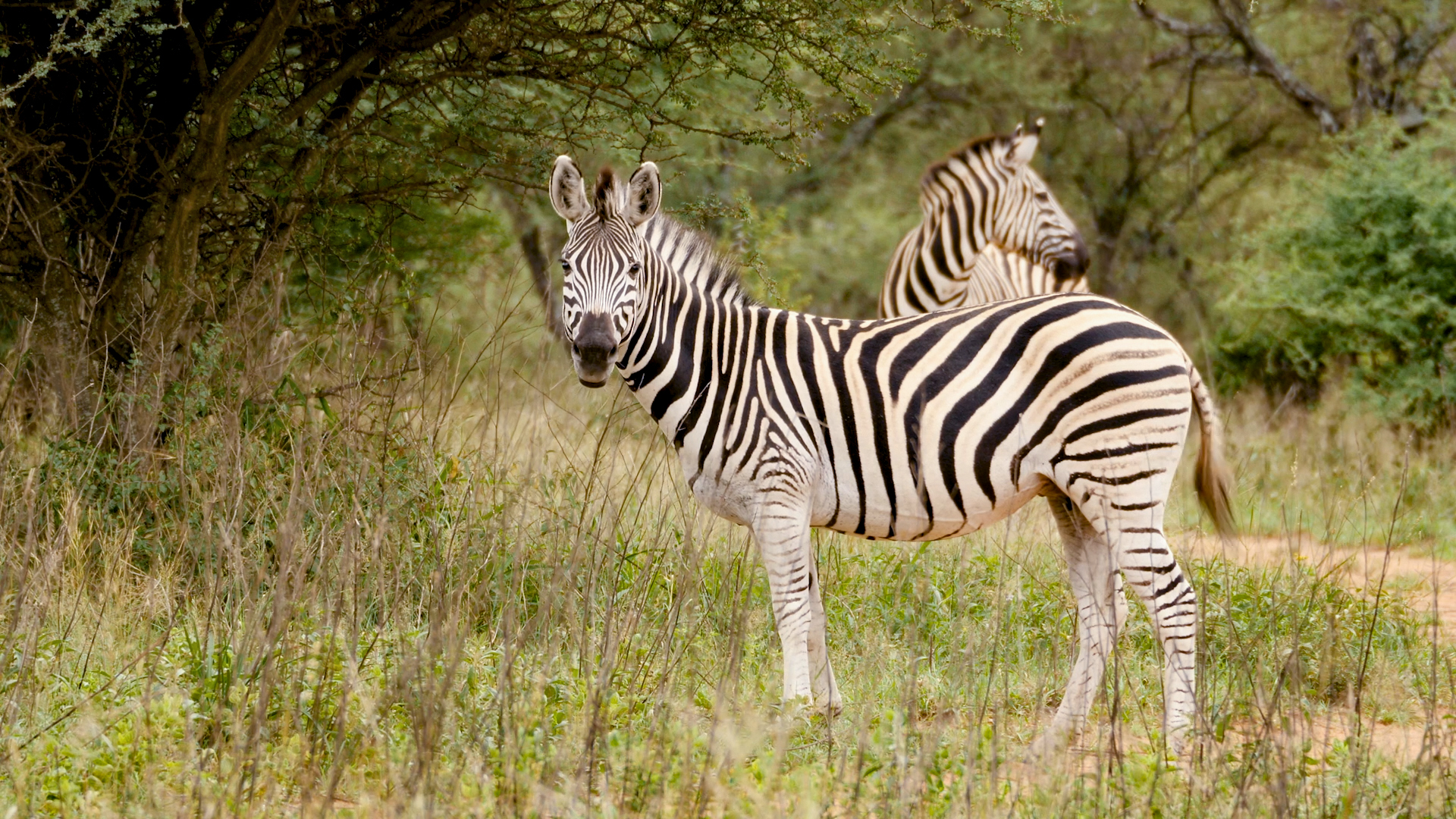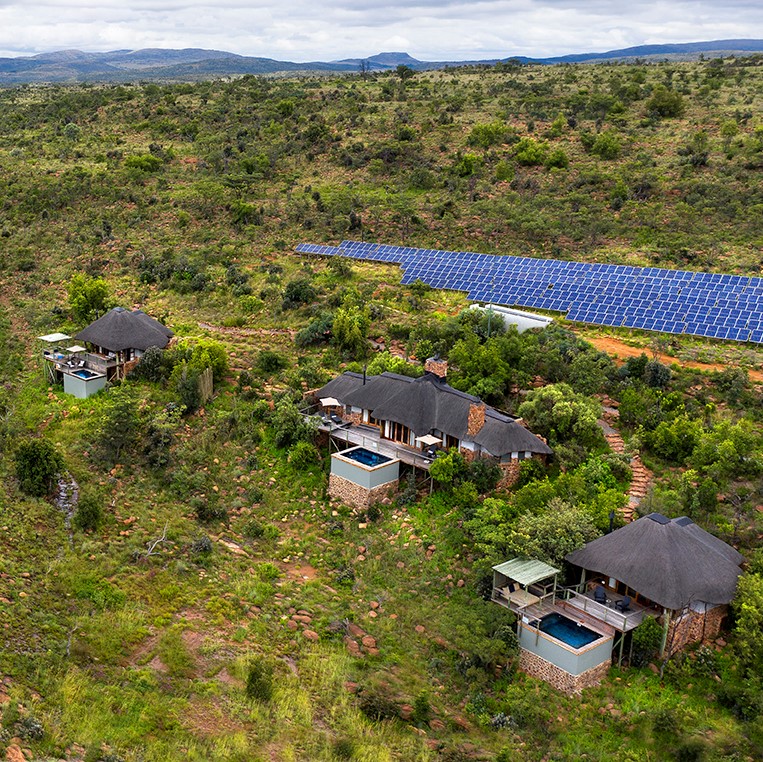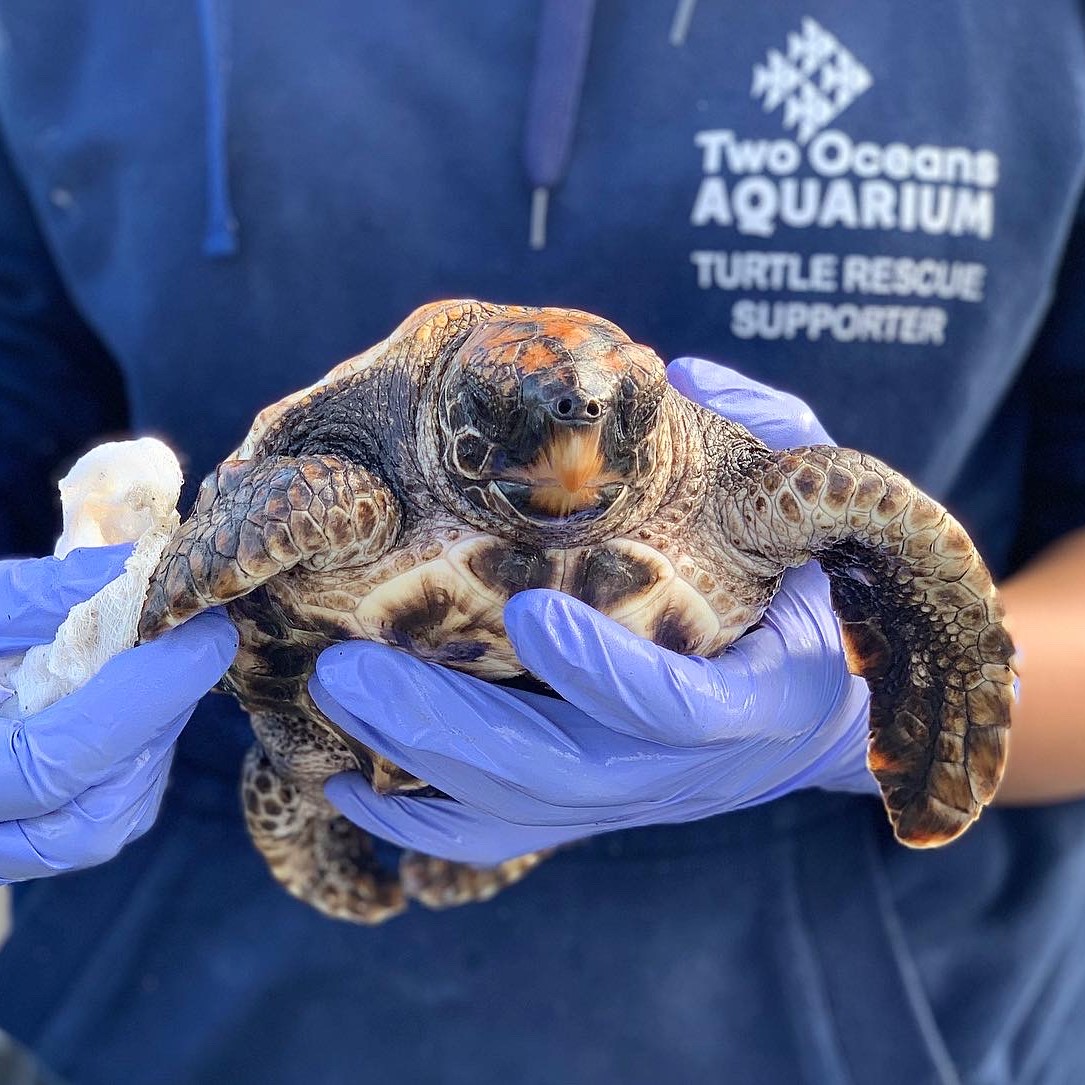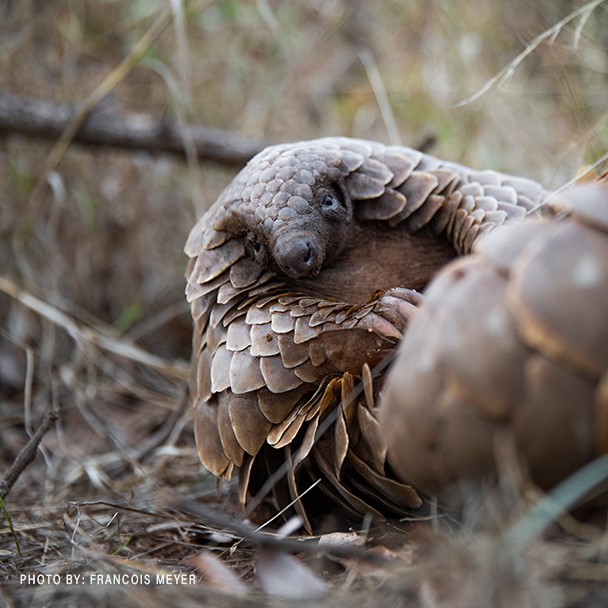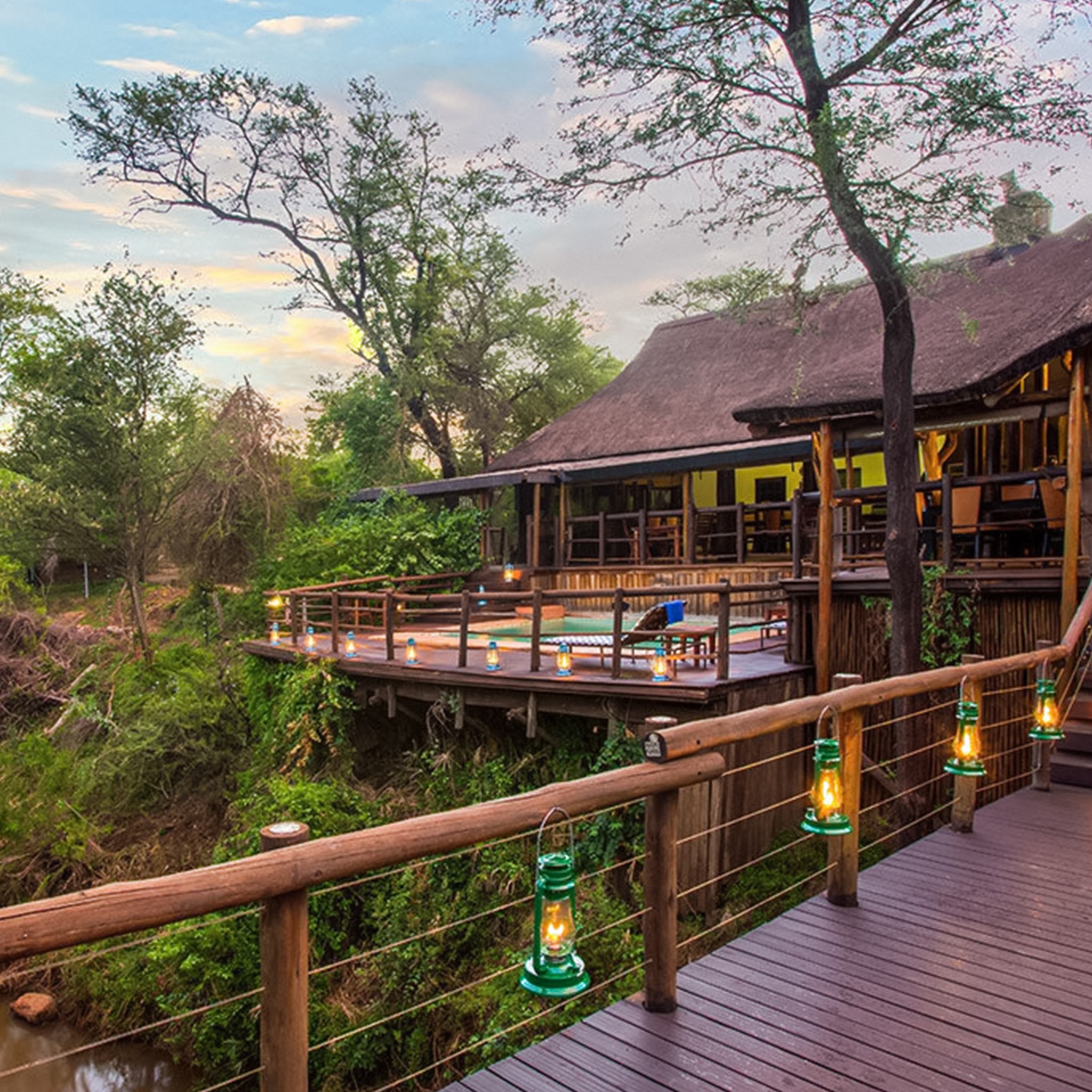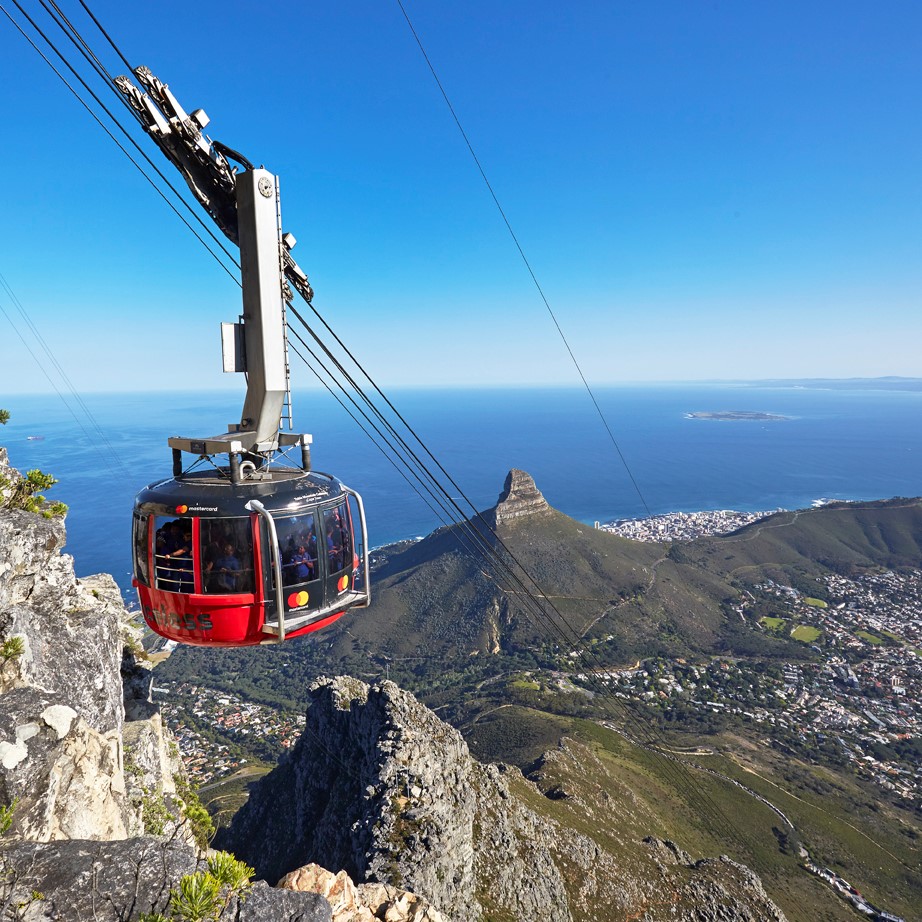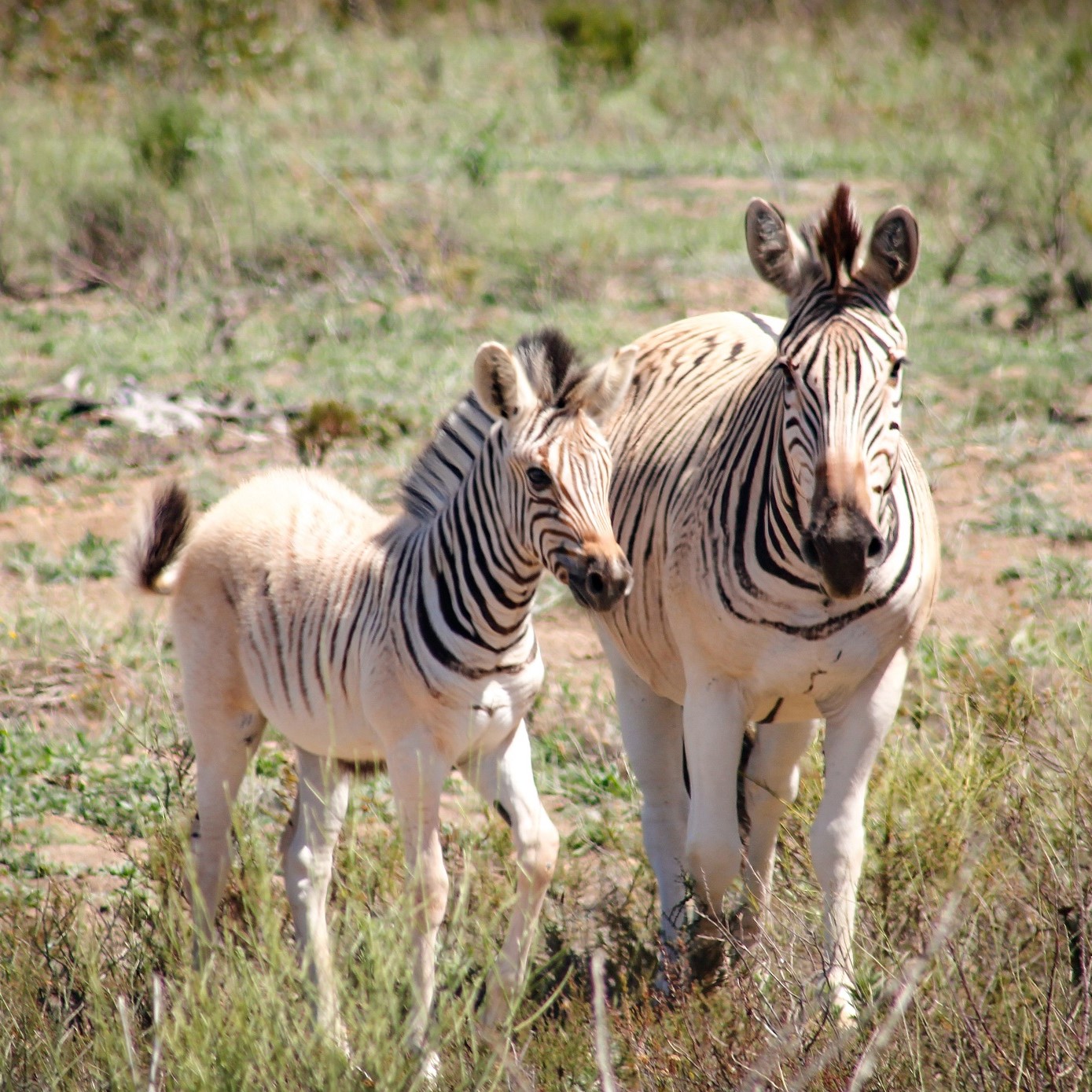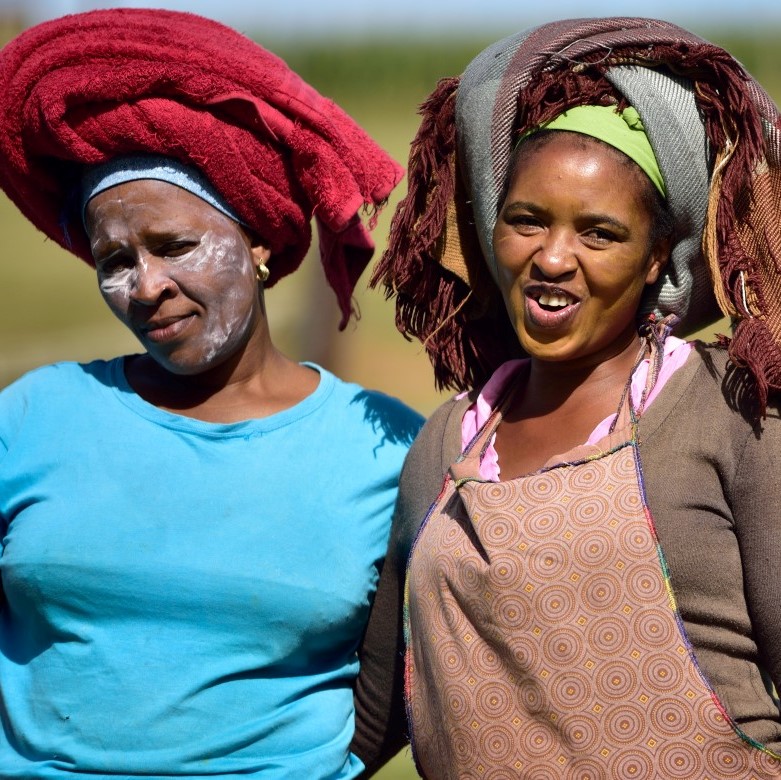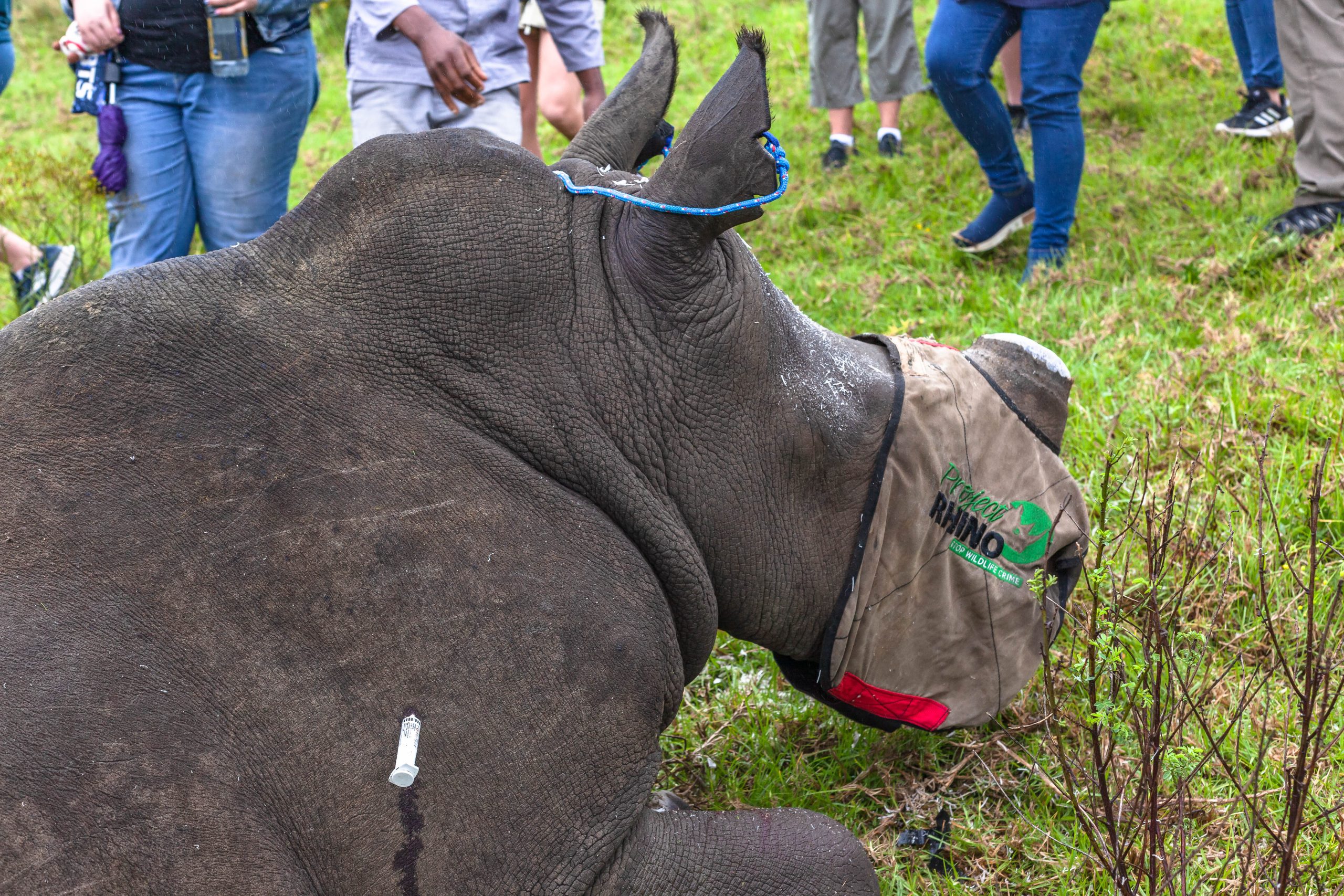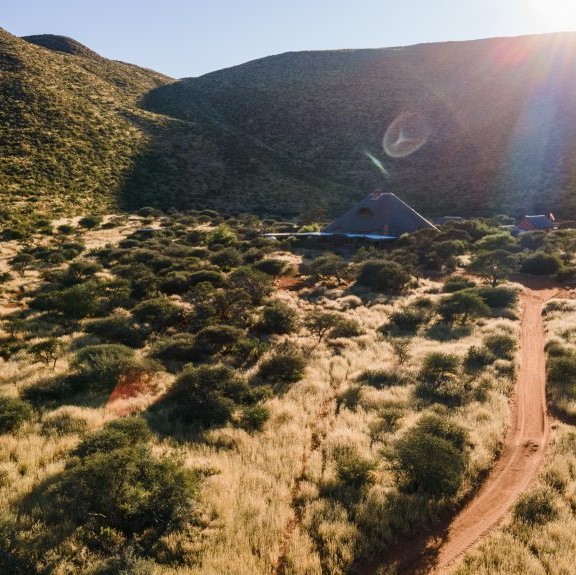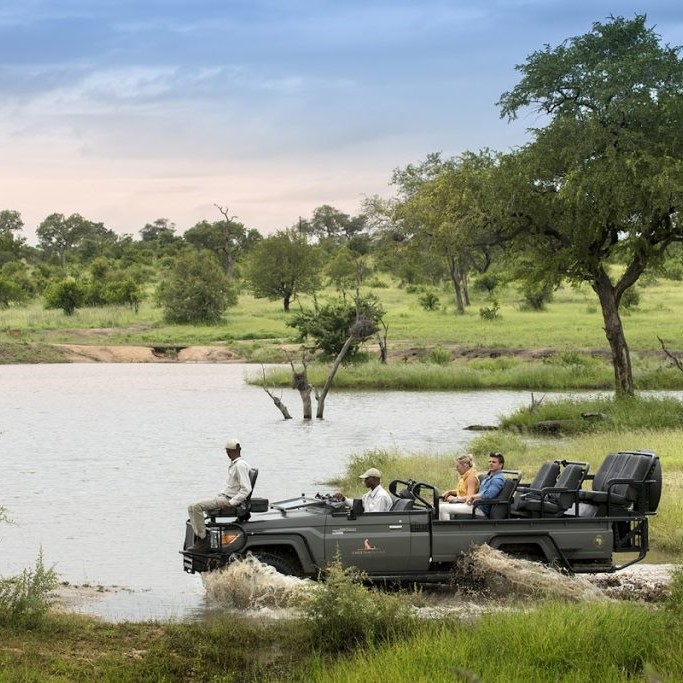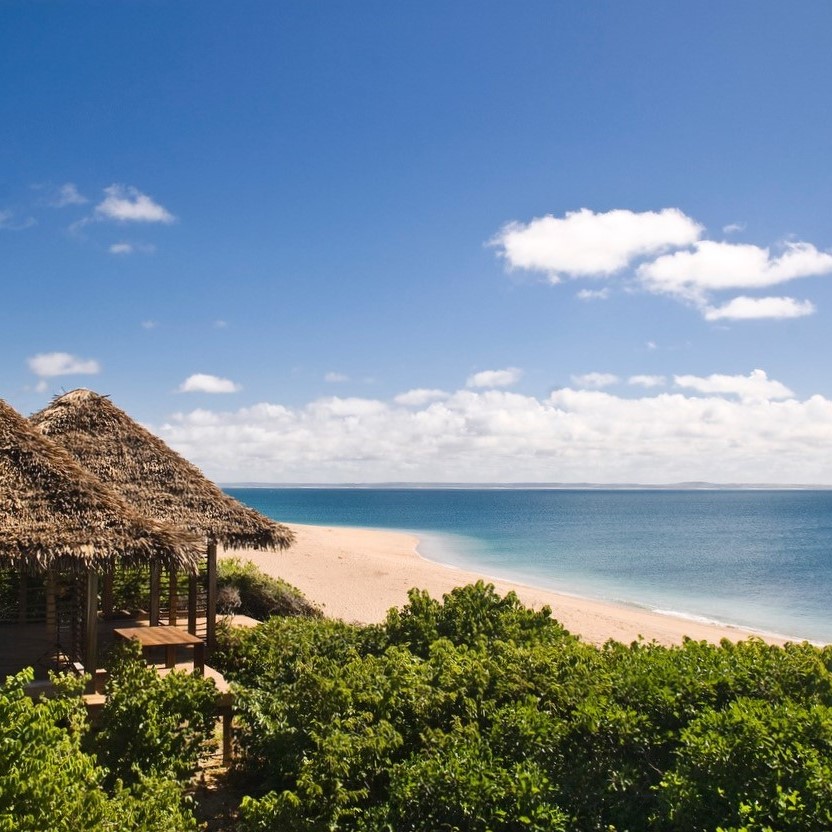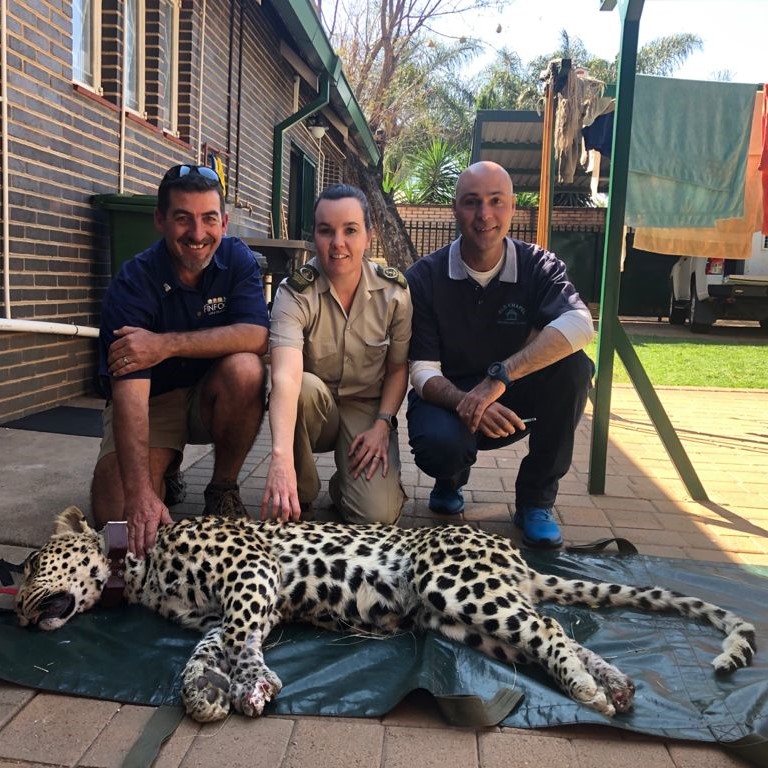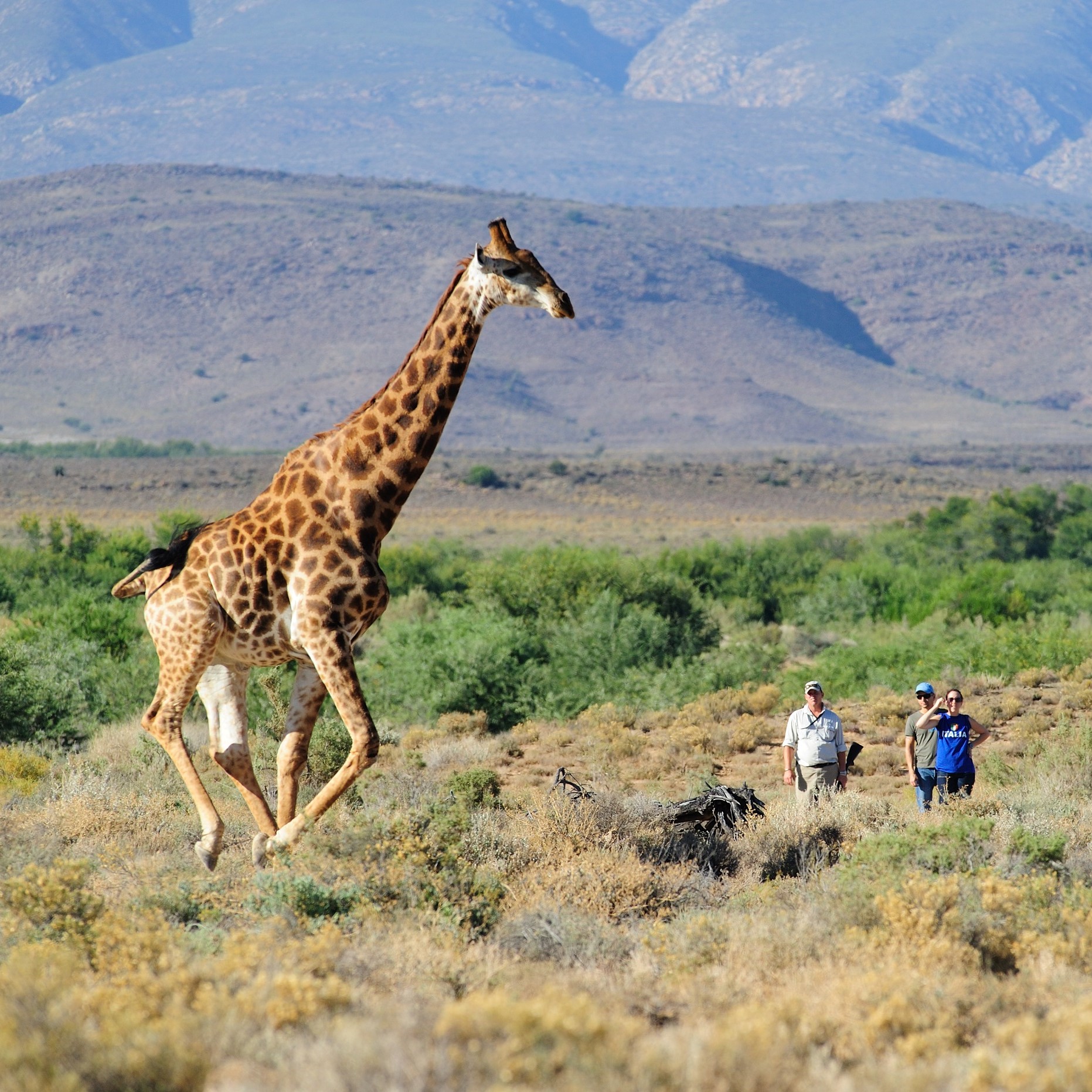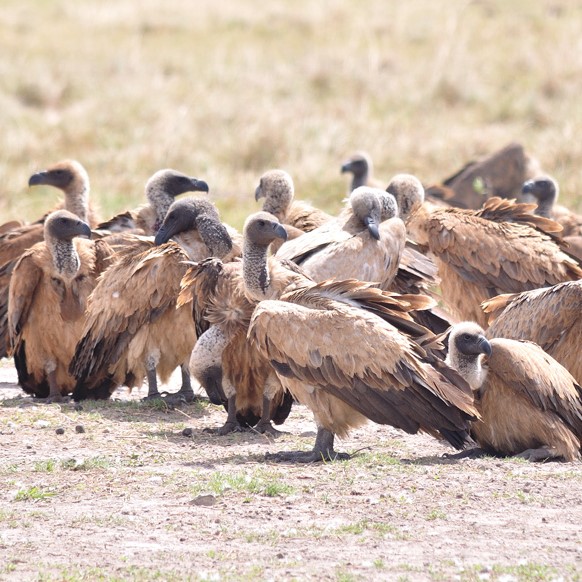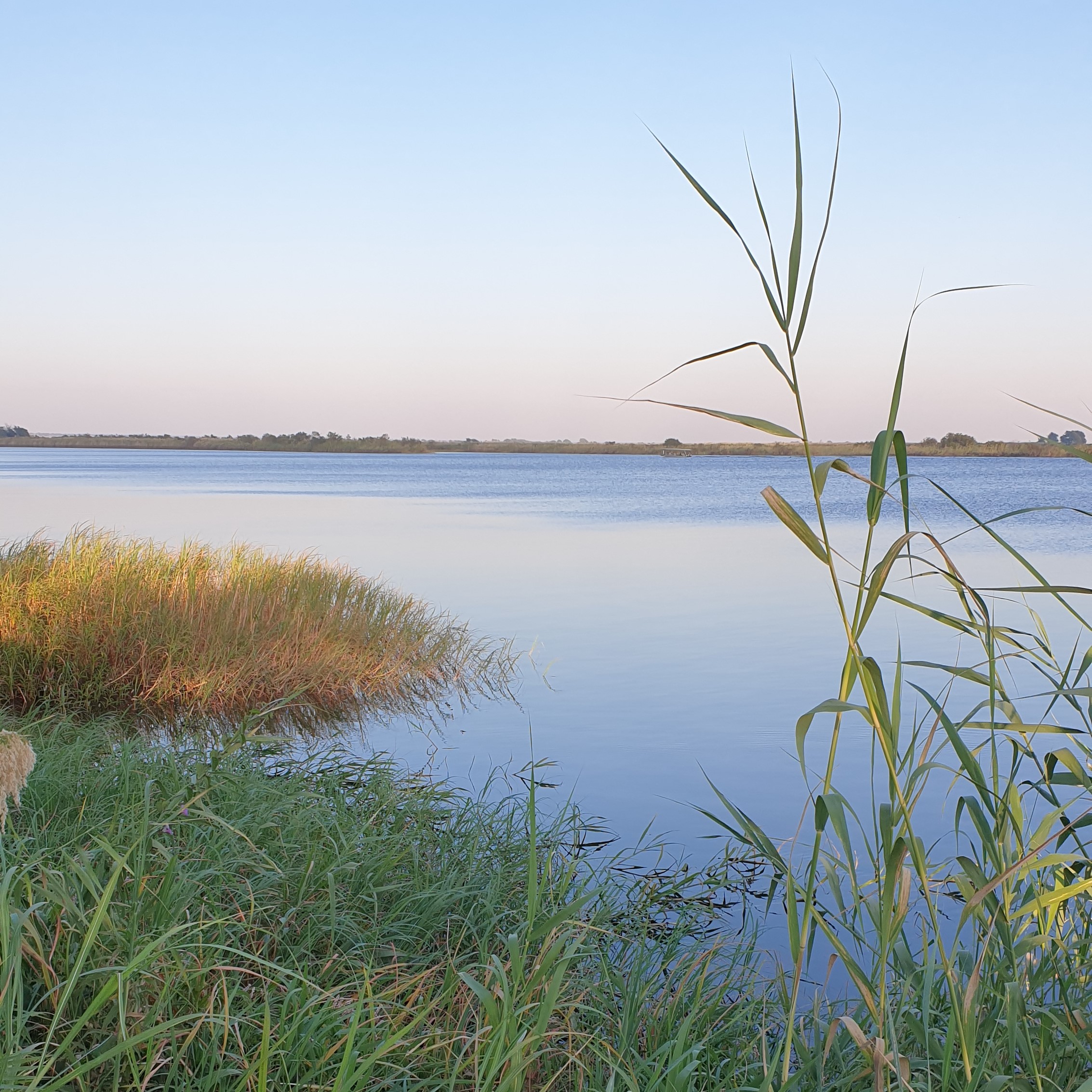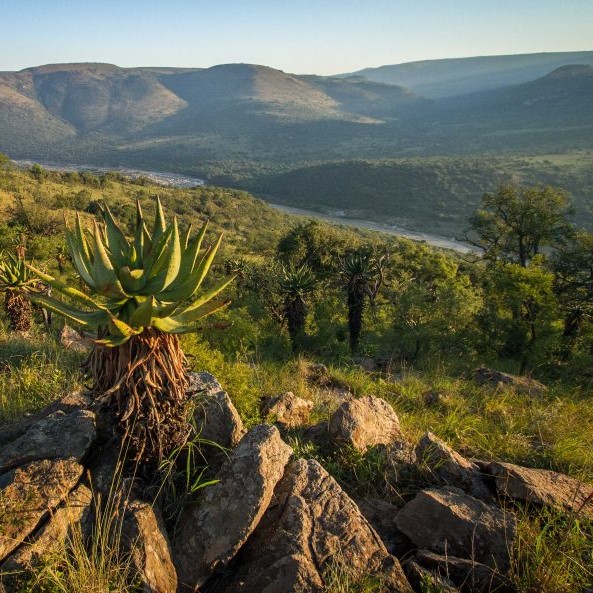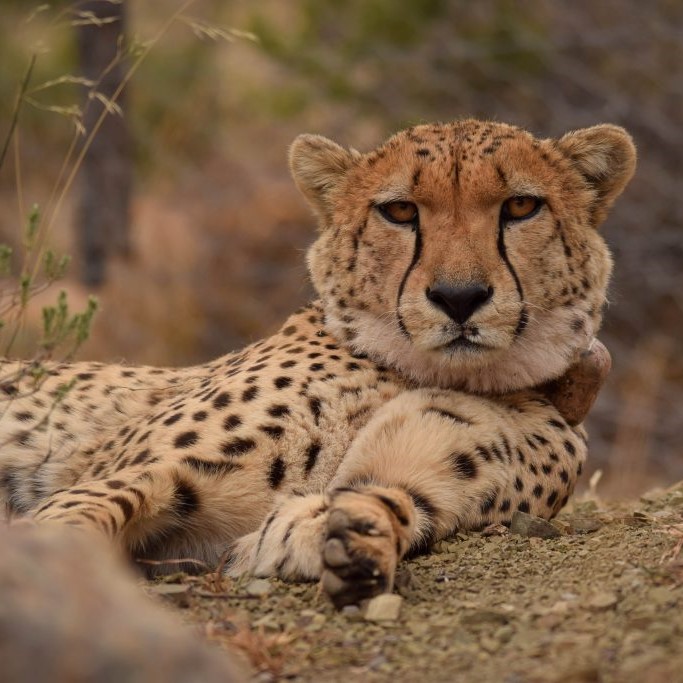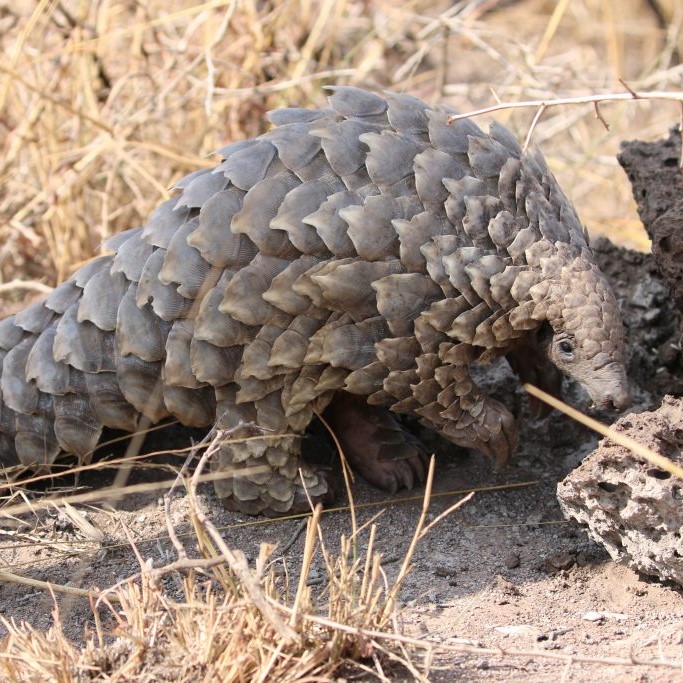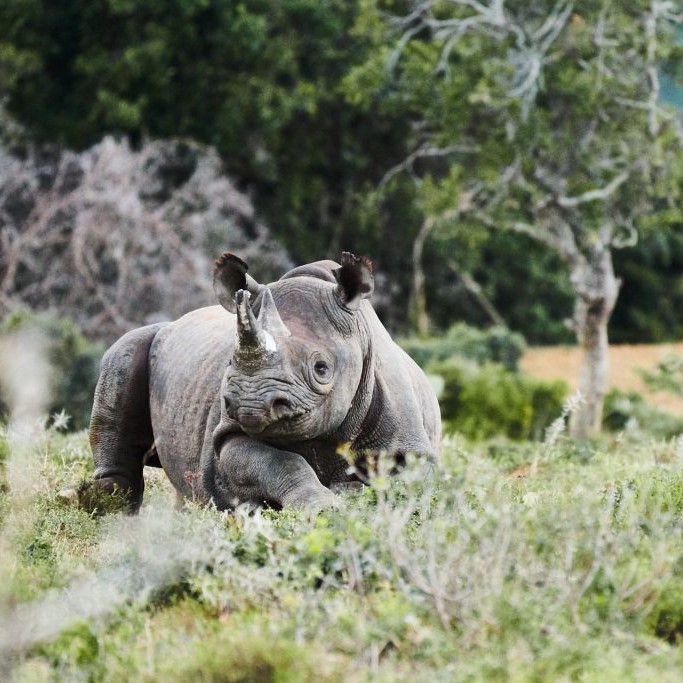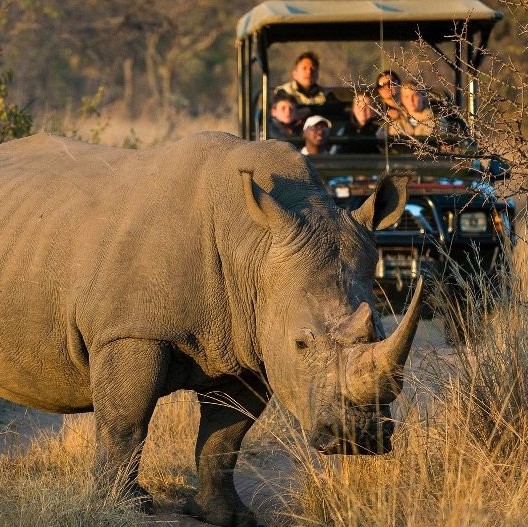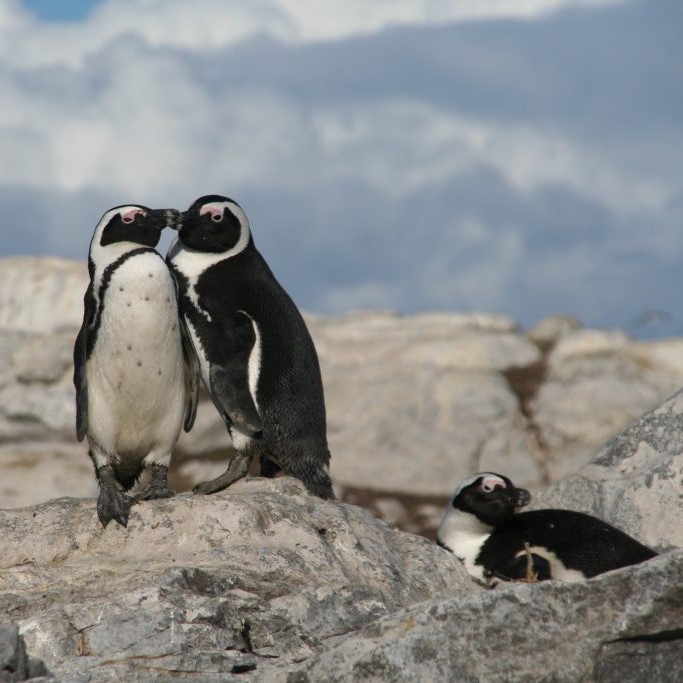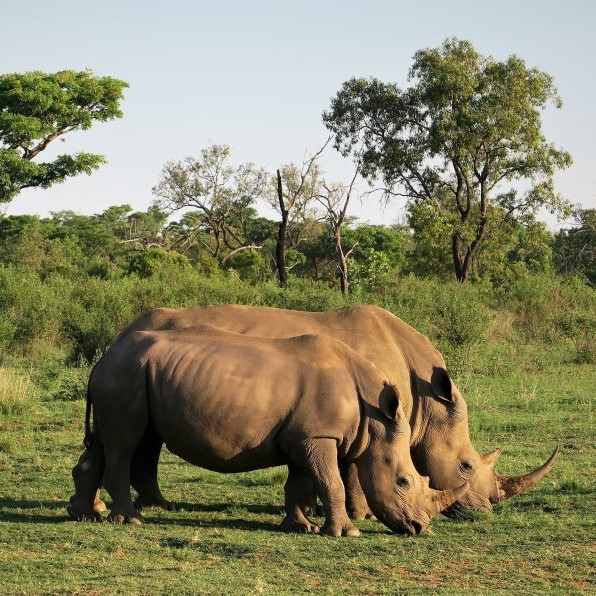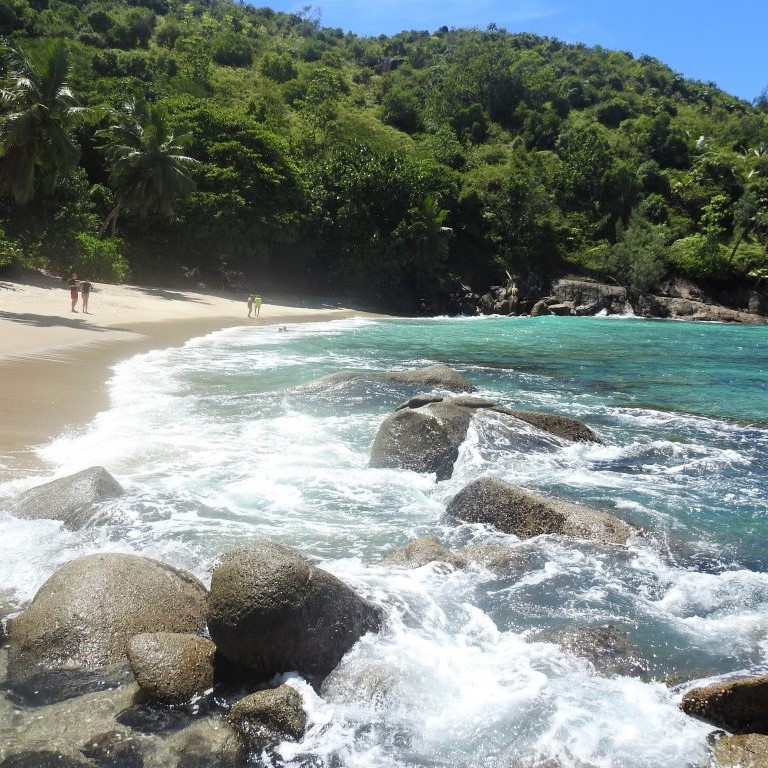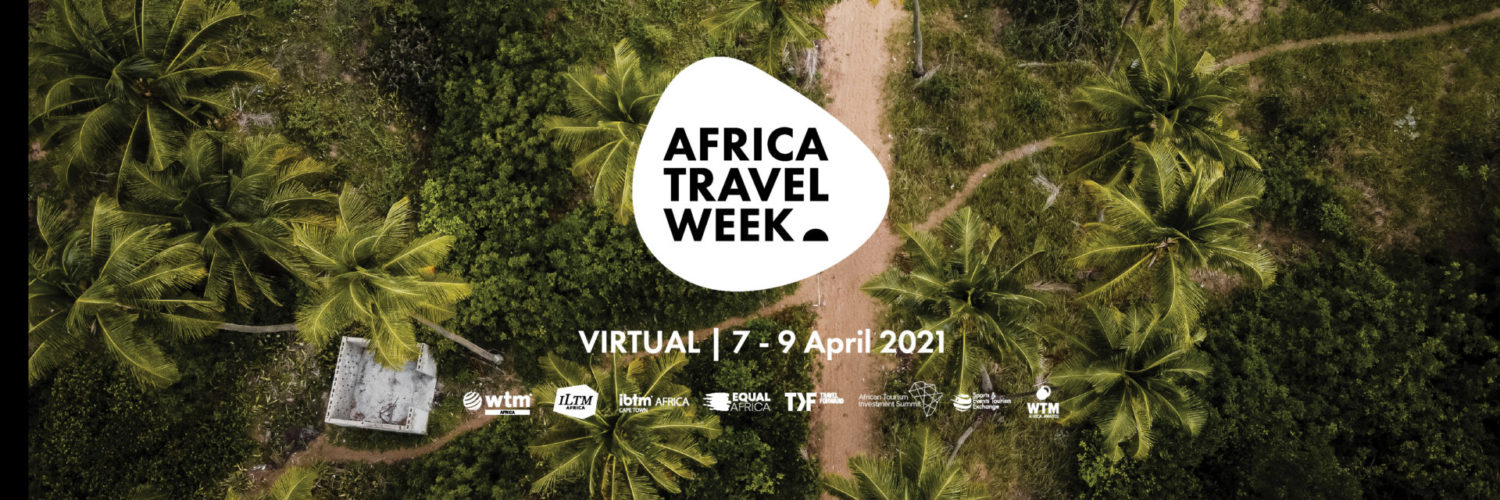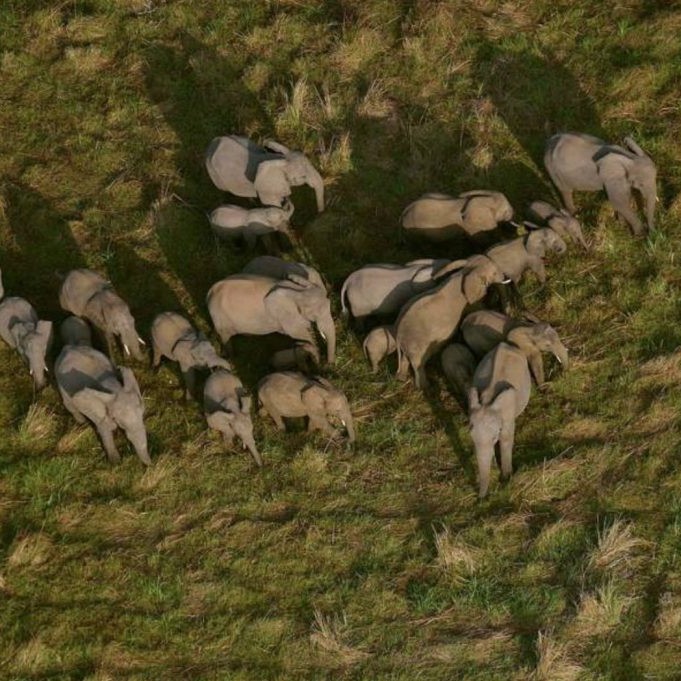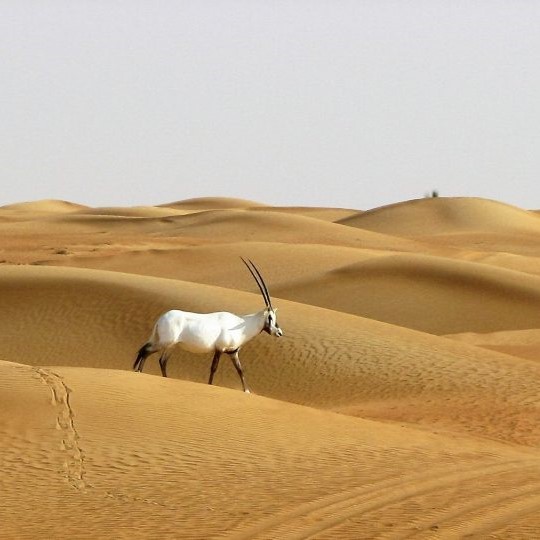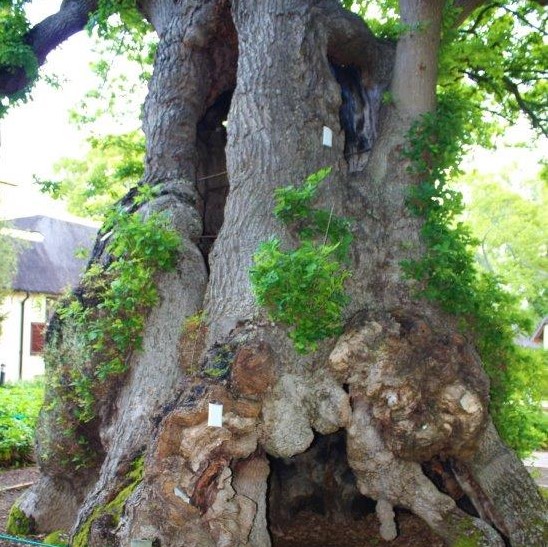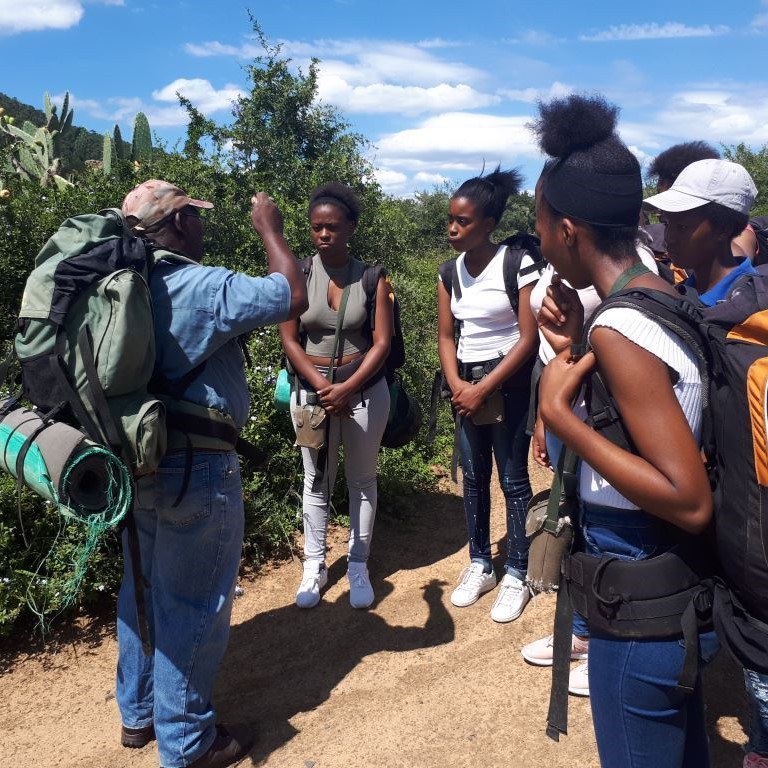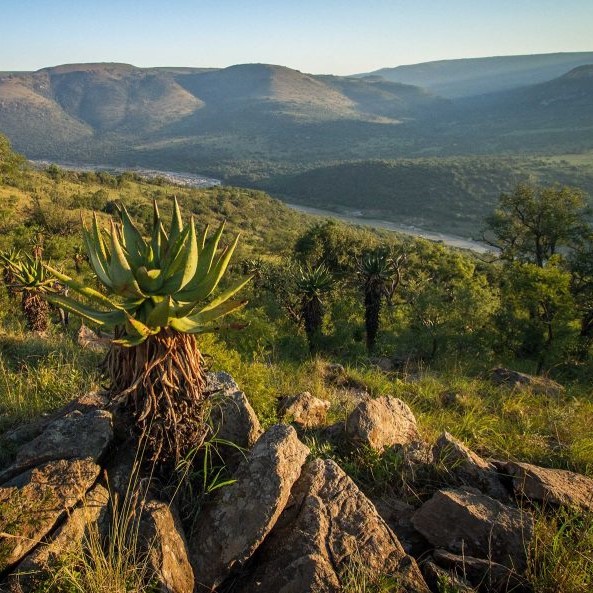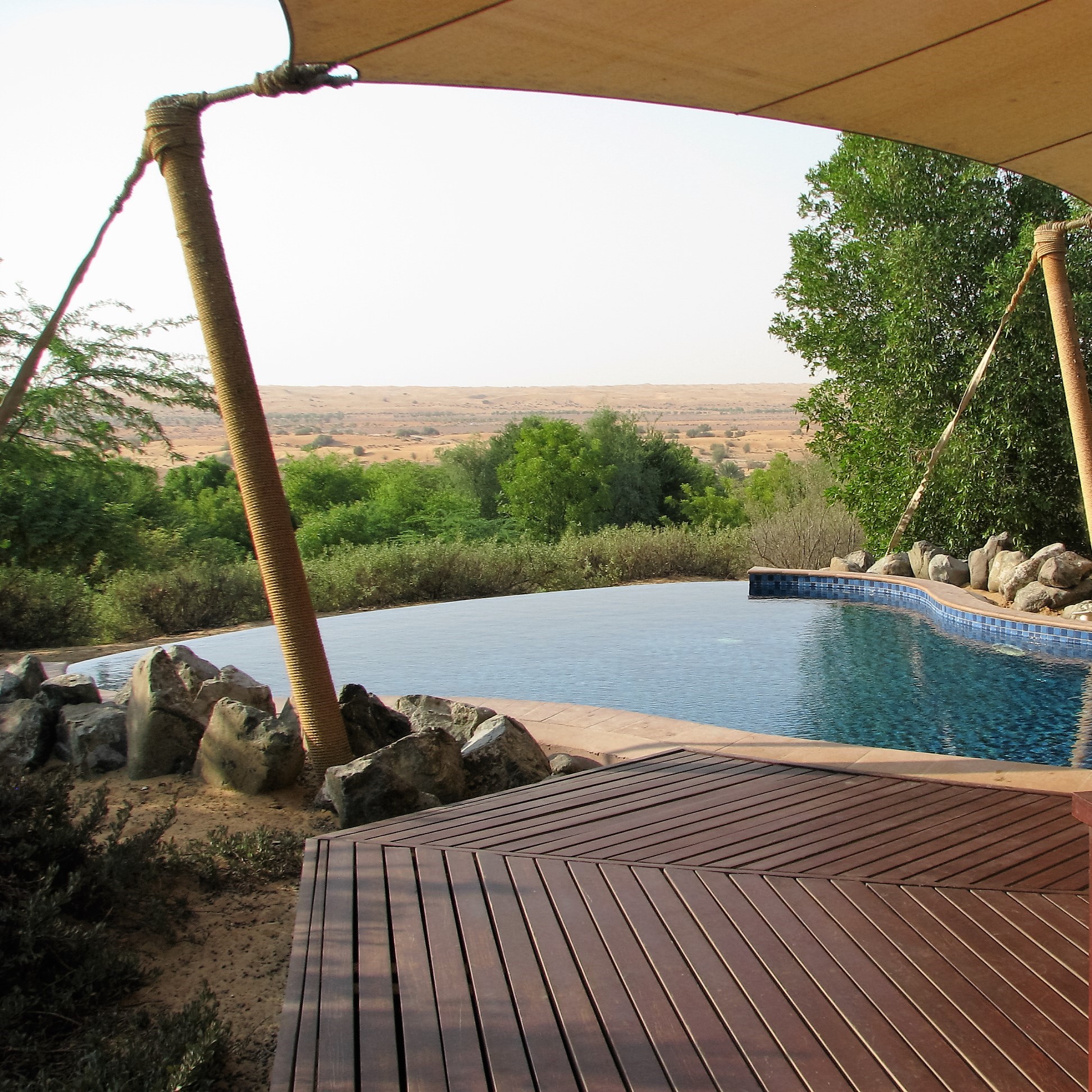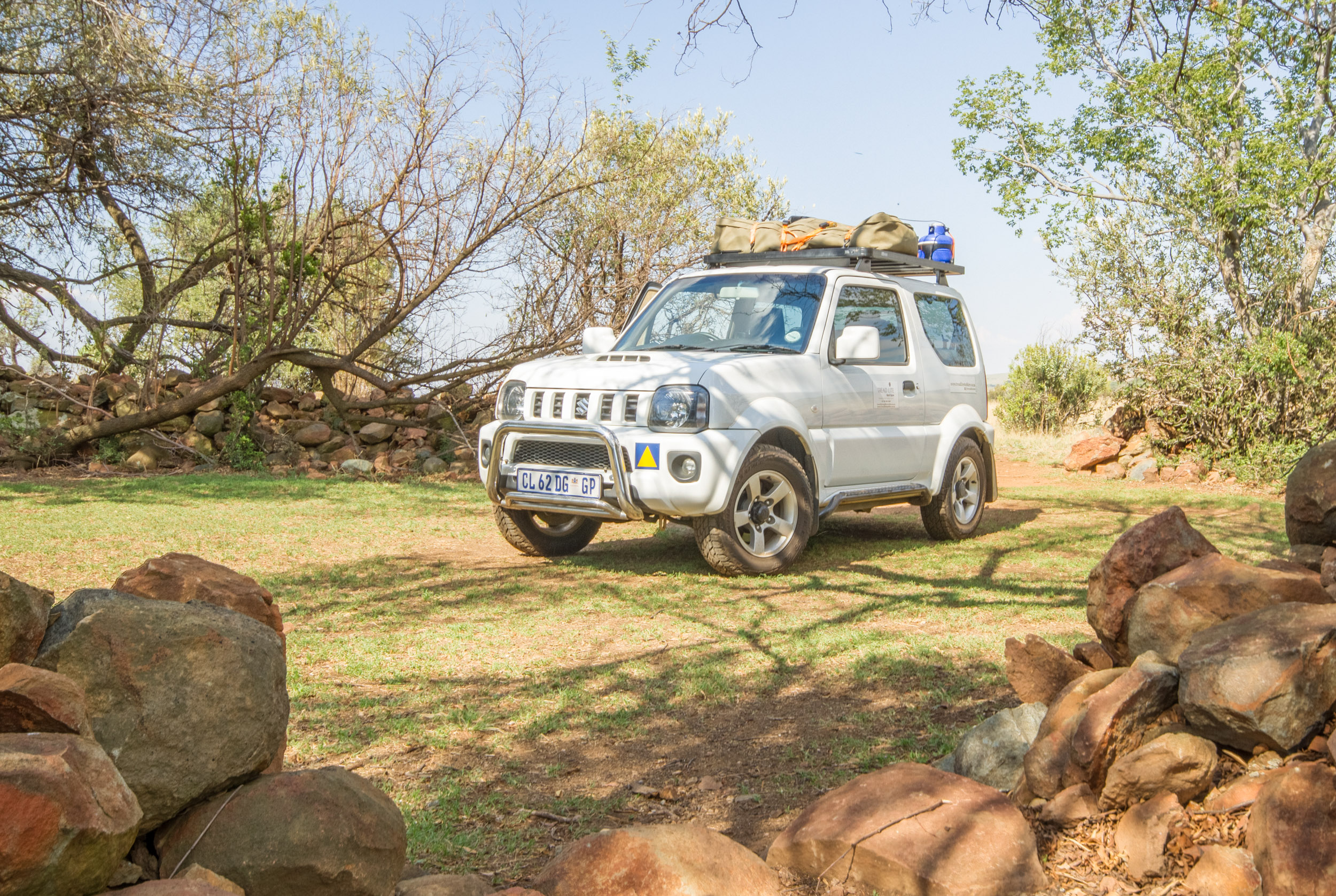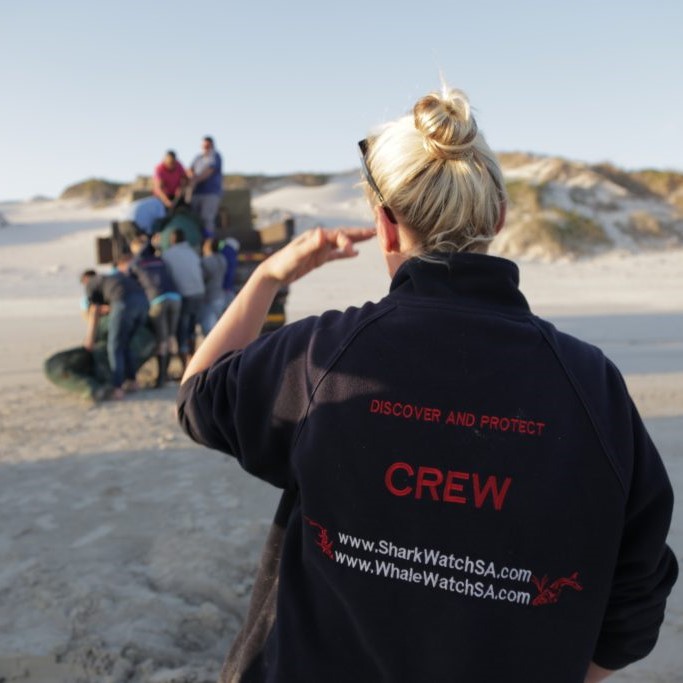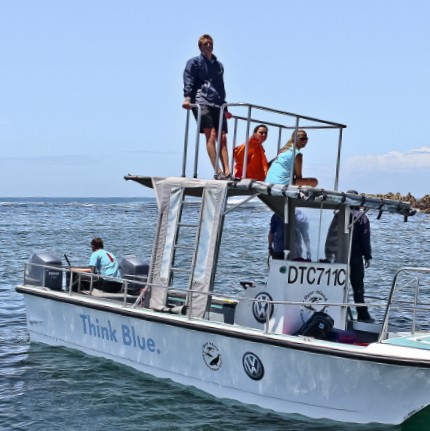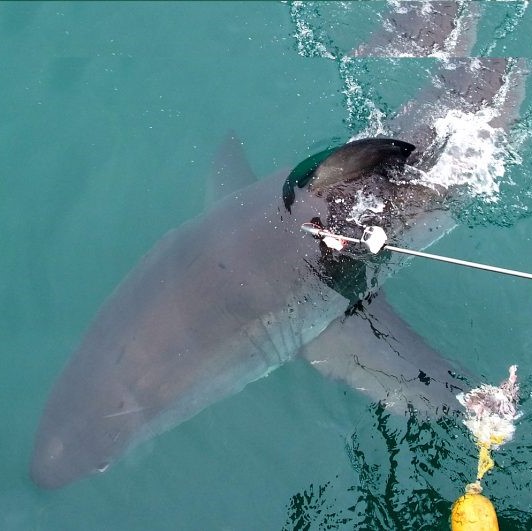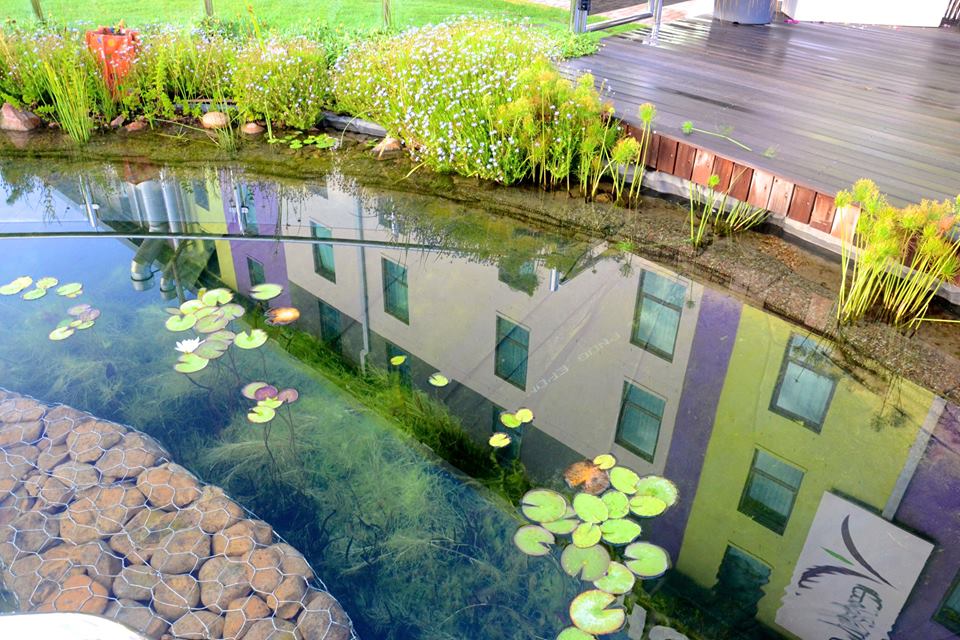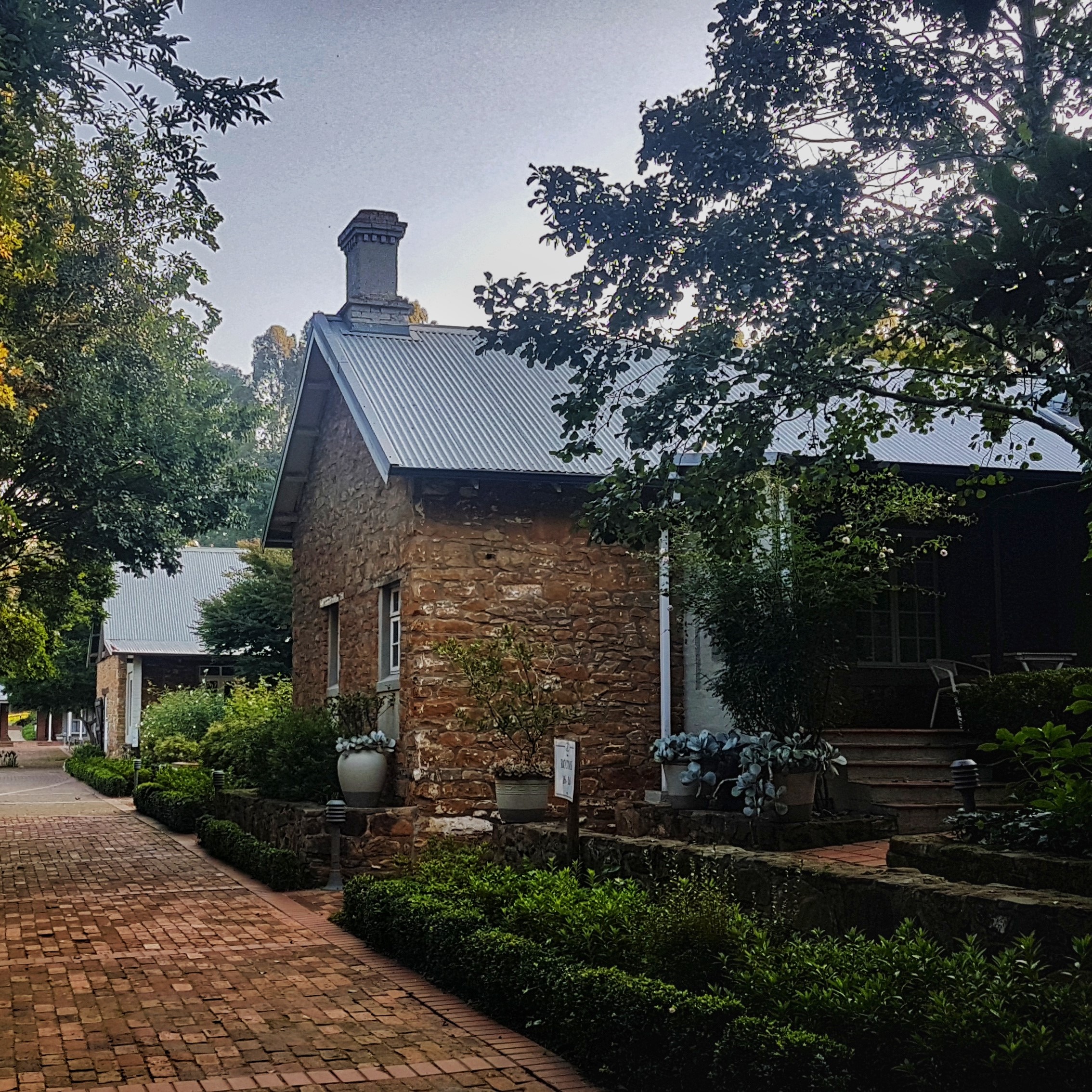The Lapalala Wilderness Reserve has a 41-year legacy of conserving and protecting the biodiversity of this beautiful landscape in the Waterberg, working together with people, communities, and nature. Only a three-hour drive from Johannesburg, this malaria-free reserve is very easily accessible.

Water is Life
With Mother Nature’s blessing and abundant rain this summer, the Reserve has been totally transformed, bringing new life and reason to visit one of the lowest people-density “Big 5” wildlife tourism destinations in southern Africa.
Magnificent indigenous trees, displaying colourful green canopies spread across this true wilderness area; new shoots including wild flowers and even mushrooms bring an additional array of colour, whilst migratory birds, floating on warm thermals, are welcomed back after a long cold winter.
Food is plentiful making it the ideal time for antelope such as impala and wildebeest to ‘drop’ their young. Taking their first tentative steps, these lambs and calves remain close to their mothers, as predatory lions and cheetahs prowl in close proximity taking advantage of the new-borns. Only a small percent of new-borns will survive but that is enough to support healthy herds and the incredible balance of nature!
The Wonderful World of Mushrooms
Hermann Muller is the Head of Conservation Management at Lapalala Wilderness Reserve. He tells us the most popular edible mushroom found on the reserve is a species from the Termitomyces family, locally known as makwaya or dikwaya. It forms large fleshy fruiting bodies which can be turned into a very tasty and hearty meal, although it is always important to look at them closely upon picking.
“Interestingly these mushrooms are associated with termites from the Macrotermes genus which grow pure cultures of this fungus in their mounds – something not even scientists are able to do in laboratories.”
Dave Jacobs, head guide and General Manager at Tintswalo Lapalala, is a dedicated “fungi fundi” over and above his passion for the environment. Here he shares insight into the wonderful world of mushrooms, commencing with words of caution to always consult an expert before foraging. Of the 1000 species found in South Africa, 80 are edible, about 80-100 are poisonous and will make you ill, and five are deadly.

“A prize find for mushroom hunters is anything from the Bolete family species. All except one are edible; and as luck would have it, the inedible one occurs right here on Lapalala. It’s called the bushveld bolete (Phlebopus sudanicus) and is an exceptionally large mushroom, brownish in colour with blue staining flesh and a short bulbous stipe. Legend is that after consumption, it has been reported to cause intoxication.”
A Twitcher’s Paradise
Lapalala has recorded over three hundred bird species, including migratory birds that sensibly leave the cold European winter to spend summer at Lapalala. Recently spotted was a Wahlberg’s eagle nesting in a fig tree close to Roan plains in the eastern section of the reserve. The Wahlberg’s eagle migrates from the northern woodland regions of West and Central Africa and is only seen in this area between August and April. A small eagle, it stands at about 58cm, is brownish in colour and has a notable dark marking under its eyes. It hunts by soaring extremely high before swooping down and catching its prey comprising of ground birds and small mammals with its talons.

The Woodlands Kingfisher migrates from Central Africa and is usually seen here from October to April each year. This bird is distinguished by its electric blue back and distinctive red and black bill. Upon spreading its wings, patterns of white, bright blue and black are exquisite.
The Amur falcon is a small raptor which migrates from Siberia, Eastern China and Mongolia. On migration they fly for +/- four days, south through India and then cross the Arabian sea to get to the East African coast. Their crossing coincides with the migration of the wandering glider, a dragonfly species which migrate between the Indian sub-continent and East Africa – providing a tasty inflight meal for the large flocks of Amur falcons. The best time to observe the birds is in the early morning or late evening when they are out feeding on termites, locusts, ants and beetles.
These are just a few examples of new life and season-specific fauna and flora waiting to be explored and enjoyed at Lapalala Wilderness Reserve in the rainy season.
We look forward to welcoming you to the reserve for an immersive retreat in nature. Book your stay at one of our two luxury camps. The Tintswalo Lapalala Lodge overlooking a watering hole and the plains beyond offers a luxury, off the grid, tented camp experience.
Or Lepogo Lodges consisting of 2 separate accommodation options. Noka Camp which is perched on a 100ft clifftop with outstanding views of the winding Palala River and beyond, and Melote House soon to open in 2023.
